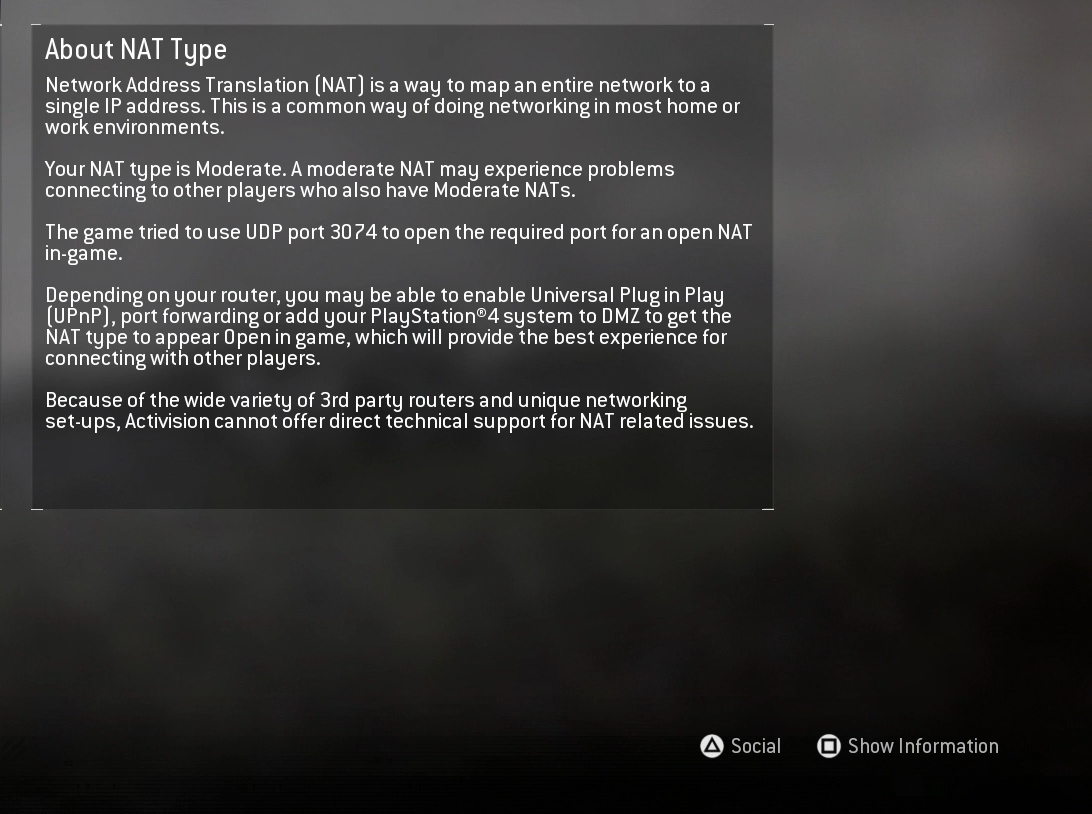

Turn off all reductions – There may be several names for the reduction settings available on your TV, and all of them should be turned off as they all contribute to input lag.

Turn on Game Mode – Available on most modern TVs, Game Mode is designed to turn off features like motion smoothing that can contribute to lag.Input lag can also refer to a delay in seeing the game respond to buttons pressed or movements made using a wireless controller.

The optimal settings should be standard refresh rates at 60Hz. Input/Display lag – Most modern TVs come equipped with features that can cause input or display lag. At minimum, high refresh rates or settings of 120Hz or 240Hz should be avoided when playing online.Wired connections will maintain the minimum bandwidth connection that is required for online gaming. Wi-Fi connections have a wide variance in reliability and bandwidth, and can dramatically affect the quality of online gameplay. Wired connections – You will achieve optimal performance when playing an online game over a wired Ethernet connection.Network bandwidth – Avoid other bandwidth-heavy applications on your network while playing online, including but not limited to streaming music or video content, or downloading files.

Here are a few things to note before delving any deeper: If the Server Status for the game is at DEFCON 5, there are a number of steps that you can take to improve the quality of your connection. If the Server Status for the Call of Duty game you’re playing is not at DEFCON 5 indicating that all online services are fully operational, you may encounter lag or connectivity issues until the status has returned to DEFCON 5. If you are experiencing latency (commonly known as lag) while playing Call of Duty online, your first step should be to check the server status for your platform and for the Call of Duty game you are playing. For help with Call of Duty: Black Ops III, check out Call of Duty: Black Ops III Lag and In-game Performance.


 0 kommentar(er)
0 kommentar(er)
